Spices transform ordinary meals into culinary adventures, adding depth, aroma, and character to dishes around the world. While some spices are kitchen staples we reach for daily, others remain hidden gems waiting to be discovered by adventurous cooks. Get ready to explore familiar favorites that have earned their place in our spice racks, plus some extraordinary treasures that might just become your new secret ingredients.
1. Cinnamon

Harvested from the inner bark of trees belonging to the Cinnamomum family, this beloved spice has been treasured for thousands of years. The sweet, woody fragrance instantly evokes memories of holiday baking and cozy mornings.
Beyond desserts, cinnamon adds surprising depth to savory dishes like Moroccan tagines and Indian curries. Many don’t realize there are two main types: Ceylon (considered “true” cinnamon) and Cassia (the variety commonly found in supermarkets).
A sprinkle of cinnamon can transform your morning coffee, oatmeal, or toast into something special. Fun fact: In ancient times, cinnamon was considered more precious than gold and was used as currency and royal gifts!
2. Black Pepper

Tiny but mighty, these dark berries have shaped world history more than any other spice. Peppercorns fueled exploration, built empires, and were once so valuable they were used to pay rent and taxes in medieval Europe.
Freshly ground pepper bears little resemblance to the pre-ground dust that sits forgotten in shakers. When freshly cracked, it releases a complex bouquet of piney, citrusy, and floral notes that enhance virtually any savory dish without overpowering it.
For maximum flavor, invest in a good pepper mill and whole peppercorns. The heat comes from piperine, a compound that stimulates our taste buds and improves digestion. Did you know that white, green, and black peppercorns all come from the same plant, just harvested and processed differently?
3. Cumin

Small seeds with massive impact, cumin brings warm, earthy notes that form the backbone of cuisines spanning from Mexico to India. The distinctive aroma comes alive when toasted briefly in a dry pan before use, releasing oils that transform the flavor profile completely.
Cumin seeds resemble caraway but carry a bolder, more assertive character. Ground cumin loses potency quickly, so spice enthusiasts often keep whole seeds on hand to grind as needed for maximum flavor impact.
Historically used as both food and medicine, cumin aids digestion and was even carried as payment by Roman soldiers. The spice pairs beautifully with beans, lentils, and roasted vegetables, cutting through richness while adding complexity. Ancient Egyptians used cumin in both cooking and the mummification process!
4. Paprika
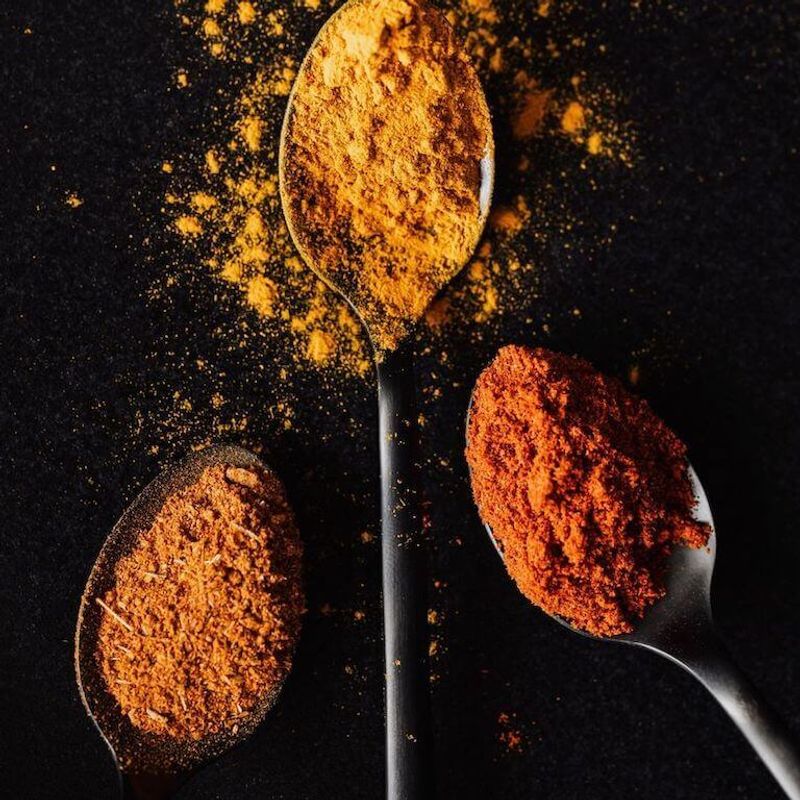
Brilliant red and deceptively complex, paprika isn’t just one spice but a spectrum of flavors ranging from sweet to fiery hot. Created from dried, ground peppers of the Capsicum annuum family, this versatile powder adds vibrant color and depth to dishes worldwide.
Hungarian cuisine celebrates paprika in iconic dishes like goulash, while Spanish varieties (pimentón) come in sweet, bittersweet, and smoky versions. The smokiness comes from traditional drying methods over wood fires, infusing the peppers with incredible complexity.
Store paprika in a cool, dark place and replace it yearly to maintain its vibrant color and flavor. Even the mildest varieties contain capsaicin, which stimulates circulation and metabolism. The spice traveled to Hungary via Turkish occupation in the 16th century and quickly became central to the national cuisine!
5. Turmeric

Sunshine captured in powdered form, turmeric transforms everything it touches with its brilliant golden hue. Related to ginger, this rhizome has been used in cooking and traditional medicine for over 4,000 years across South Asia.
The earthy, slightly bitter flavor forms the foundation of many curry powders and yellow rice dishes. Curcumin, the active compound responsible for turmeric’s color, has powerful anti-inflammatory properties that have made this spice a darling of modern wellness enthusiasts.
For maximum benefit, pair turmeric with black pepper, which increases curcumin absorption dramatically. Fresh turmeric root resembles ginger but reveals a bright orange interior when sliced open. Ancient Indian and Chinese healers prescribed turmeric for ailments ranging from digestive issues to skin conditions long before modern science confirmed its benefits!
6. Grains of Paradise
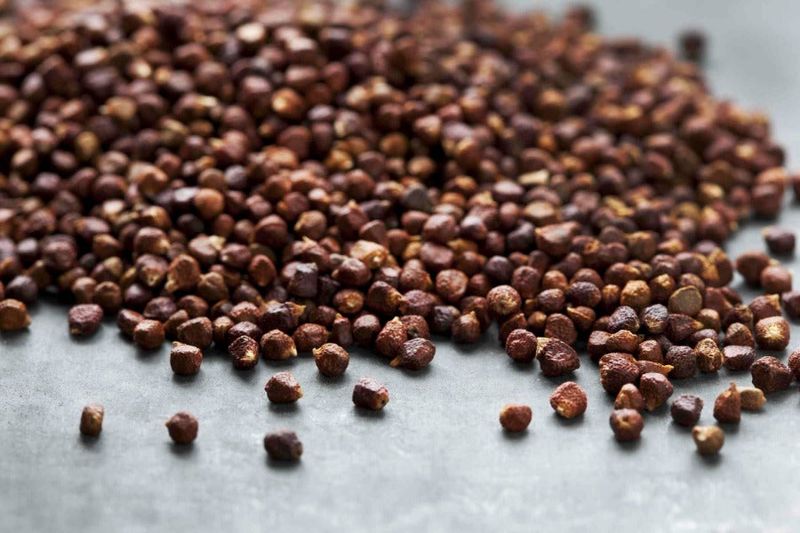
Looking like tiny, burnished pebbles, these seeds deliver an unexpected explosion of flavor that begins with pepper but unfolds into citrus, cardamom, and ginger notes. Native to West Africa, this ancient spice was once more popular than black pepper in medieval Europe.
Belonging to the ginger family, Grains of Paradise grow in marshy habitats and have been traded along the Spice Route for centuries. They add complexity to North African stews, Belgian beers, and Scandinavian aquavit with their warming, aromatic character.
Try crushing these seeds to finish grilled meats or roasted vegetables, or add them to spice blends for a mysterious depth. Craft brewers and mixologists have rediscovered this spice, using it to add complexity to drinks. The name comes from medieval spice traders who claimed these precious seeds grew only in Eden and had to float down rivers from paradise!
7. Ajwain

Resembling tiny khaki seeds with an explosive flavor profile, ajwain delivers an immediate burst of thyme-like aroma followed by a subtle bitterness. One small pinch transforms flatbreads, vegetable dishes, and legumes with its powerful presence.
Central to North Indian, Pakistani, and Iranian cooking, these tiny powerhouses contain thymol, the same compound found in thyme, giving them their distinctive scent. Traditional Ayurvedic medicine has long valued ajwain for its digestive benefits, particularly for reducing bloating after bean-heavy meals.
Unlike many spices, ajwain is rarely used raw—its true character emerges when briefly fried in hot oil or ghee at the start of cooking, releasing aromatic compounds. The seeds are actually fruits of a plant in the parsley family! In India, mothers often give their children ajwain water to soothe stomach discomfort.
8. Amchur
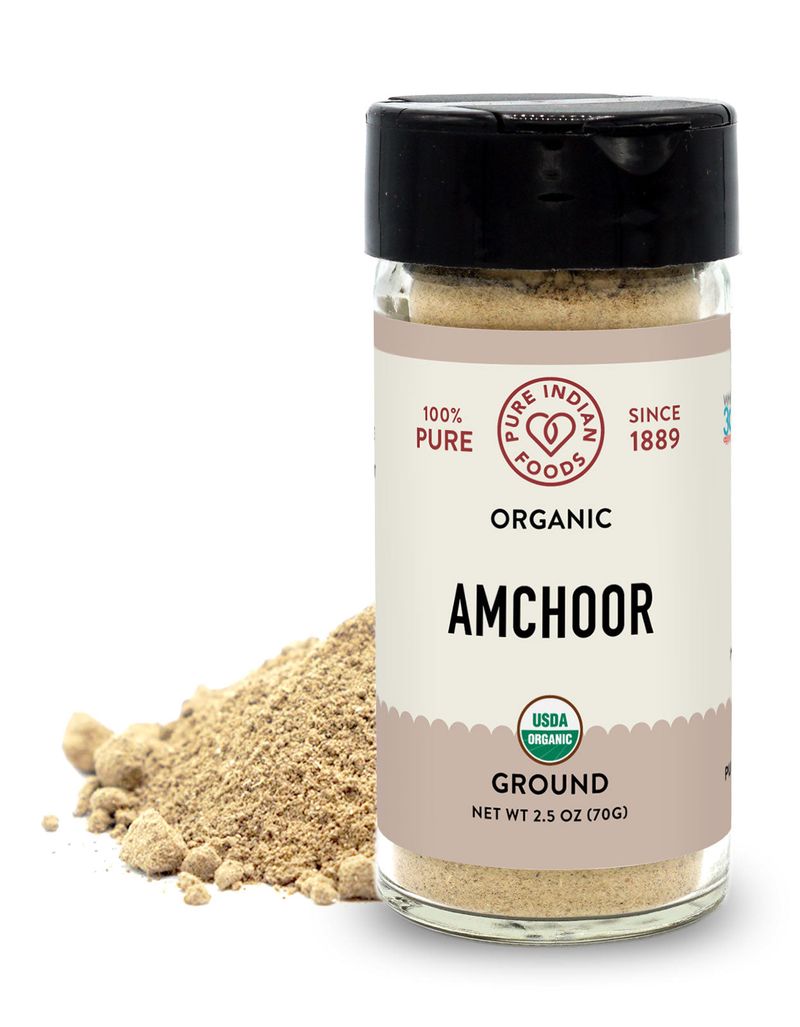
Capturing the bright tartness of unripe mangoes in a convenient powder, amchur brings a fruity sourness to dishes without adding moisture. This ingenious Indian spice provides the perfect solution when you need acidity but don’t want to add liquid to your recipe.
The pale beige powder is made by drying green, unripe mangoes and grinding them into a fine dust. Sprinkled over finished dishes or incorporated into spice rubs and marinades, it adds a distinct tangy dimension that’s less sharp than lemon but equally effective at brightening flavors.
Particularly wonderful with legumes, amchur cuts through richness while adding complexity. It’s also the secret ingredient in many chaat masalas, the tangy spice blends that make Indian street food so addictive. The name comes from “aam” (mango) and “chur” (powder) in Hindi.
9. Kala Jeera

Mistaken for regular cumin by the untrained eye, these smaller, darker seeds hide a completely different flavor profile. Kala jeera (black cumin) carries nutty, earthy notes with hints of sweetness and smoke that regular cumin simply doesn’t possess.
Central to North Indian and Bengali cuisine, these tiny seeds elevate rice dishes, vegetable preparations, and yogurt-based sauces with their complex character. Unlike common cumin, kala jeera is rarely ground, instead being used whole and often tempered in hot oil to release its nuanced aroma.
Don’t confuse it with nigella seeds (also sometimes called black cumin in English)—they’re completely different spices! Kala jeera is particularly treasured in the royal cuisines of India, where it adds subtle sophistication to biryani and pulao. In traditional medicine, it’s believed to aid digestion and improve kidney function.
10. Mahleb
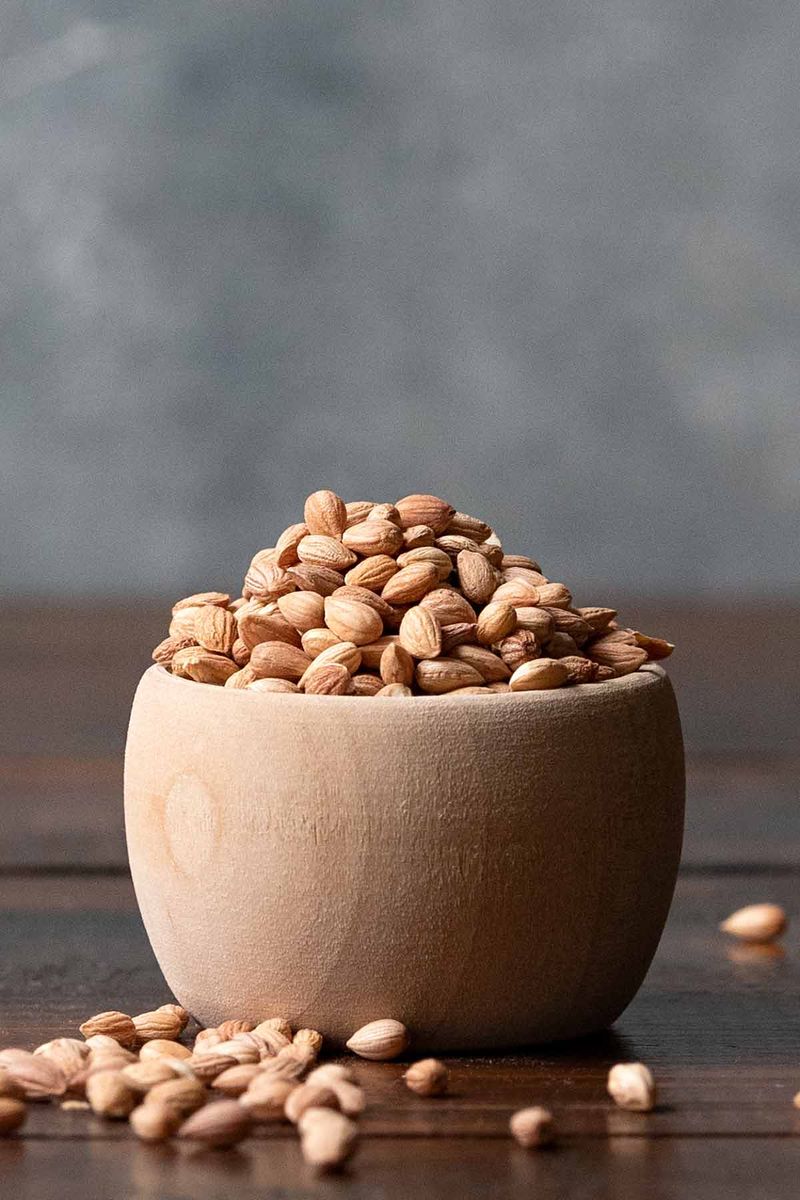
Ground from the pits of St. Lucie cherries, mahleb brings an intriguing combination of bitter almond, cherry, and rose to baked goods across the Mediterranean and Middle East. This pale powder works magic in sweet breads, cookies, and pastries, adding a mysterious depth that’s difficult to identify but impossible to forget.
Greek tsoureki, Turkish pogača, and Armenian choreg all rely on mahleb for their distinctive aroma. The chalky white powder looks unassuming but contains oils that become fragrant when heated, perfuming dough with subtle complexity.
For best results, buy whole mahleb kernels and grind them just before use, as the flavor compounds deteriorate quickly once processed. Though primarily used in sweets, some traditional recipes incorporate it into meat dishes and stews. Ancient healers prescribed mahleb for heart health and to reduce inflammation.
11. Sumac

Deep burgundy and tantalizingly tart, sumac brings lemony brightness to dishes without any actual citrus. Made from ground berries of the sumac bush, this Middle Eastern staple adds a beautiful color and mouth-watering acidity that transforms everything it touches.
Sprinkled over hummus, roasted vegetables, or grilled meats just before serving, sumac adds a final flourish that makes flavors pop. Unlike many spices, it needs no cooking to release its character—in fact, heat diminishes its impact, making it perfect for finishing dishes.
A key component in za’atar spice blend, sumac pairs beautifully with olive oil and herbs. The deep red powder isn’t just flavorful—it’s packed with antioxidants and was used medicinally long before becoming a culinary favorite. Native Americans used a different variety of sumac to make a refreshing beverage similar to lemonade!
12. Long Pepper
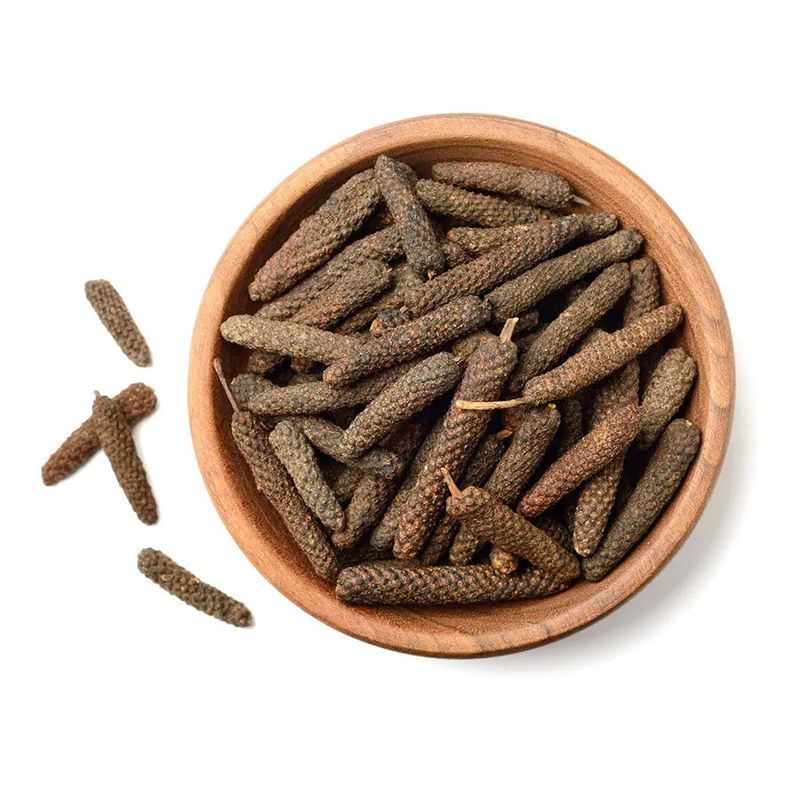
Resembling tiny, elongated pinecones, long pepper was the reigning king of spices long before black pepper conquered the world’s tables. This ancient spice delivers a complex heat that builds slowly, accompanied by sweet undertones of cinnamon, nutmeg, and cardamom.
Native to India, long pepper (Piper longum) was the most prized pepper in ancient Rome and Greece, fetching astronomical prices until maritime trade routes made black pepper more accessible. The unusual catkin-shaped peppers can be ground just like black peppercorns but offer a more nuanced, aromatic heat.
Try it in mulled wines, spice blends for meat, or anywhere you’d use black pepper but want something more intriguing. Ayurvedic medicine has used long pepper for centuries as a treatment for respiratory conditions. Despite falling from culinary fashion, it’s experiencing a renaissance among chefs exploring historical cuisines.
13. Epazote

With a polarizing aroma that combines notes of mint, citrus, gasoline, and turpentine, epazote isn’t trying to please everyone. This assertive Mexican herb has been used for centuries to flavor bean dishes, not just for its unique taste but also for its legendary ability to reduce the gas-producing effects of legumes.
Fresh epazote leaves have a stronger impact than dried, bringing an unmistakable authenticity to black beans, quesadillas, and soups. The name comes from Nahuatl (Aztec) epatl and tzotl, meaning “skunk sweat”—a testament to its powerful aroma that somehow becomes delicious in the right context.
Use epazote sparingly until you’re familiar with its intensity; a single sprig can flavor an entire pot of beans. Beyond its culinary uses, traditional healers have long valued it for digestive and antiparasitic properties. Ancient Mayans considered it both medicine and a sacred plant.
14. Nigella Seeds
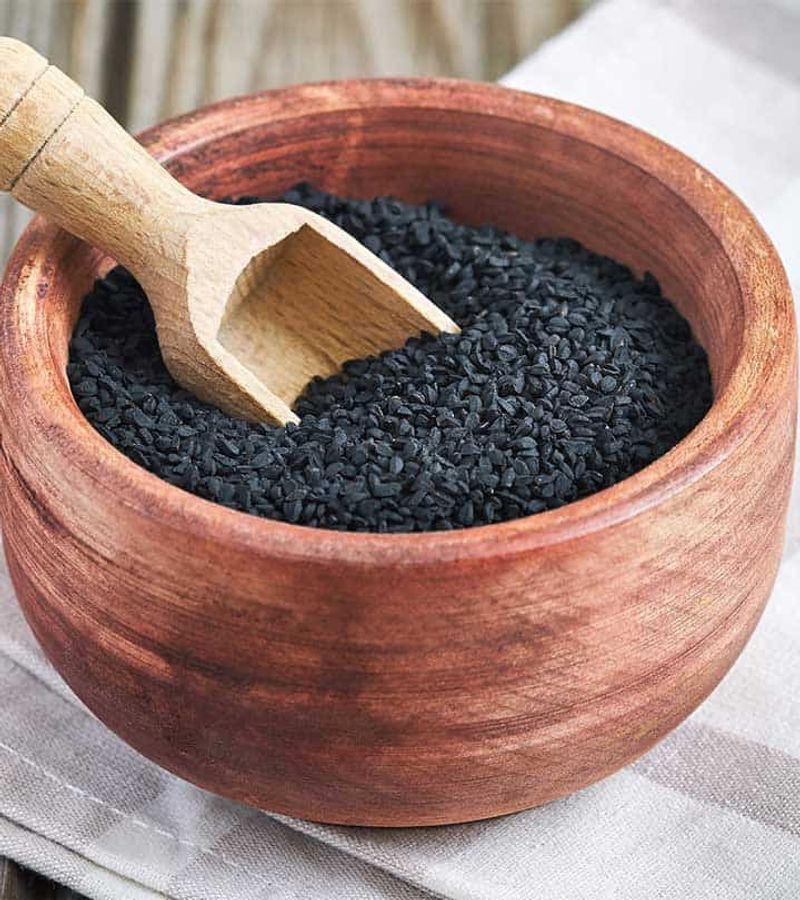
Resembling black sesame but packing a completely different flavor profile, nigella seeds bring a complex combination of onion, oregano, and black pepper to dishes across South Asia and the Middle East. These tiny black seeds have a slightly bitter, herbaceous quality that becomes nutty when toasted.
Often sprinkled over naan bread before baking or incorporated into vegetable dishes, nigella seeds (also called kalonji or black onion seeds) provide both visual contrast and flavor complexity. Their distinctive taste comes from thymoquinone, a compound with impressive antioxidant properties.
In Egypt, they’re called “baraka,” meaning blessing, reflecting their revered status in traditional medicine. Prophet Muhammad reportedly stated, “The black seed can heal every disease except death.” While that might be an overstatement, modern research has confirmed numerous health benefits, including anti-inflammatory and immune-boosting properties.
15. Fennel Pollen

Harvested from wild fennel blossoms at the height of summer, this extraordinarily aromatic spice has earned its nickname as “the spice of angels.” Each tiny golden grain packs concentrated fennel flavor with honey-like sweetness and floral complexity that far surpasses fennel seeds.
Prized in Italian cuisine, particularly in Tuscany, fennel pollen transforms simple dishes with just a small pinch. The labor-intensive harvesting process—each flower must be carefully collected and dried—explains both its rarity and price tag, making it one of the world’s most expensive spices.
Use it as a finishing touch on seafood, pork, or roasted vegetables, where the warmth of the food will release its intoxicating aroma. Hand-gathering this precious spice remains a tradition in parts of Italy, where families collect it from wild fennel growing along roadsides during the brief flowering season.
Leave a comment